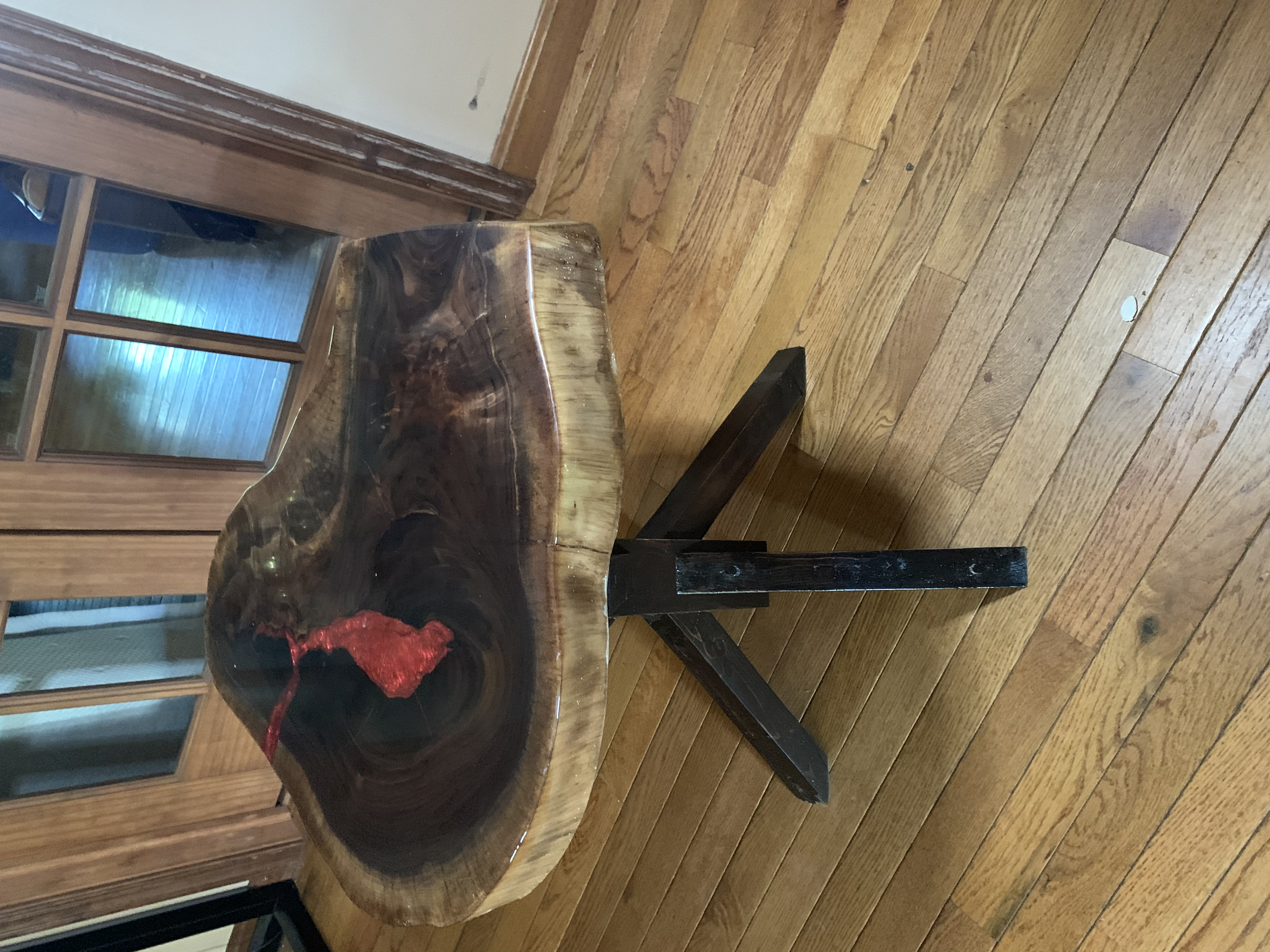Most people don’t notice it at first. They see a beautiful piece of furniture and think, nice wood, great finish, solid work. But here’s the secret: what really makes that piece feel calm and “right” to your eyes has nothing to do with the shape or polish.

It’s all about how the grain lines up. And nobody gets that better than Virginia furniture makers—the kind who know that a misplaced grain can throw the whole mood of a piece off.
So if you’ve ever wondered why some furniture feels balanced and others don’t, stay with this one. You’re about to see how grain alignment quietly controls everything you notice (and everything you don’t).
What Does “Visual Balance” Really Mean?
It’s not about symmetry. Not exactly. Visual balance is that sense of peace your eyes feel when a design just works. No one will be able to justify it, yet they will recognize it the moment it shows up. This is the case of the dresser that gives the impression of being placed just right.
The truth? Woodworkers chase that feeling relentlessly—especially Virginia furniture makers, who treat balance like an unspoken rule. Every curve, board, and panel has to play nice with the grain running through it.
What Does Wood Grain Say Before You Even Notice It?
Wood grain is like a quiet voice in the room. Even without thinking about it, you read it—your eyes follow its direction, your mind senses movement or calm. Your attention glides along the grain when it flows in one direction.
In case of opposites, the music may be no longer described as uncomfortable, even if the reason is still unclear to you. The alignment of the grain sometimes resembles the choice of a seat—one may not have analyzed it, but still knows what feels good.
Grain is not only a design but also a remnant of the tree’s life. Each ring, each gentle wave holds time, weather, patience. When the grain lines up across different boards, it’s like telling one continuous story instead of patching multiple stories together.
Why Does Alignment Change the Entire Feel of Furniture?
Think of a tabletop. If one plank has grain moving upward while another flows downward, there’s tension. Your eyes jump instead of gliding.
A well-aligned grain lets your attention rest, like breathing slowly instead of rushing. There’s a subtle emotional softness in alignment. It makes the piece feel intentional, grounded.
And it doesn’t mean everything must match perfectly. Sometimes the contrast is what gives the piece personality—as long as the contrast is chosen, not accidental.
How Does This Show Up During Cabinet Repair or Restoration?
During cabinet repair, grain matching becomes obvious. When one damaged panel is replaced with wood that doesn’t align, the fix stands out like a bandage on a favorite jacket.
But when the grain direction, tone, and figure are chosen with care, the repaired part disappears into the story of the whole piece. It feels respected—like the piece is being restored, not just patched.
A lot of the real artistry shows up in moments no one sees. Sorting boards. Rejecting the wrong ones. Running fingers across the surface to feel the direction before sanding even starts.
These small choices shape how your space feels every day.
What Role Does Finish Play in Bringing Out Grain Balance?
Finishing doesn’t just make wood shiny. It reveals the personality already sitting inside it.
Sanding along the grain keeps the texture soft and uninterrupted. Oils accentuate the grain lines, similar to marking a sentence for strength. A matte finish keeps everything low-key… while a glossy one attracts light and movement. It is not only a question of appearance—it’s about mood.
Some spaces feel better with gentle warmth. Others with bold definition. The finishing technique becomes the final whisper that completes the conversation between material and maker.
How Does Grain Alignment Affect Home Spaces?
During kitchen remodeling in Manassas, grain direction plays a surprisingly emotional role. Horizontal grain might make cabinets feel wider and calmer. Vertical grain brings height and structure.
The combination of two elements can certainly create a rhythm, but such a rhythm has to be well thought-out and not chaotic.
The tone of a room emotionally speaks partly through the furniture. One of the subtle ways a room can represent its qualities of being calm, strong, or lightly textured is by the alignment of the grain, without changing anything else.
Why Does This Matter to You, Personally?
When you start noticing grain, you start seeing furniture differently. You’ll catch yourself looking at how the lines meet, how the light slides across the surface, how calm it feels. That’s design integrity at work.
There’s something comforting about knowing that someone paid attention.
Someone paused. Someone matched those lines on purpose. And you feel it…
Conclusion
When you start noticing grain alignment, you begin seeing craftsmanship differently. It explains why certain furniture pieces feel grounded and visually pleasing. The grain guides the eye, shapes emotional response, and connects the wood’s natural origin to your living space.
This is why Virginia furniture makers remain praised for balanced, grounded woodwork that feels quietly intentional rather than loud or artificial. If you’re seeking furniture that carries that kind of thoughtful presence, CMT Woodworking Studio reflects this subtle but meaningful approach to grain alignment.
